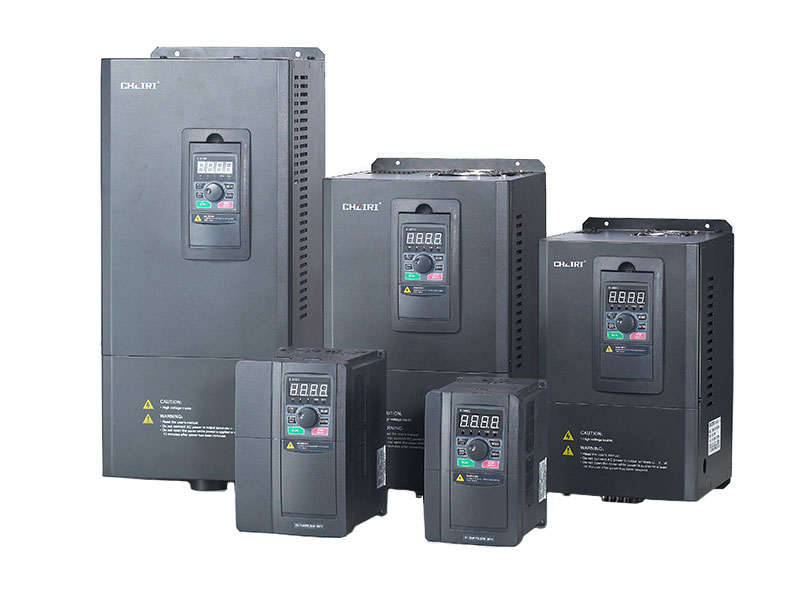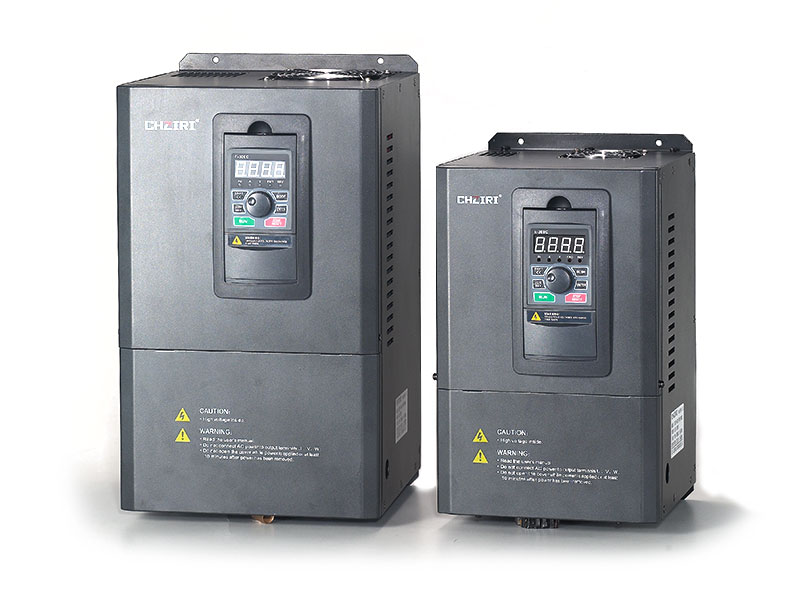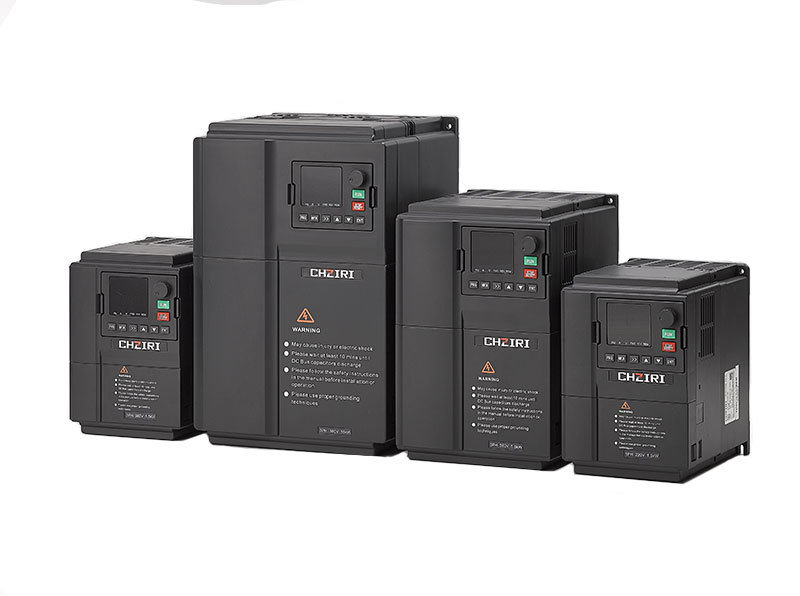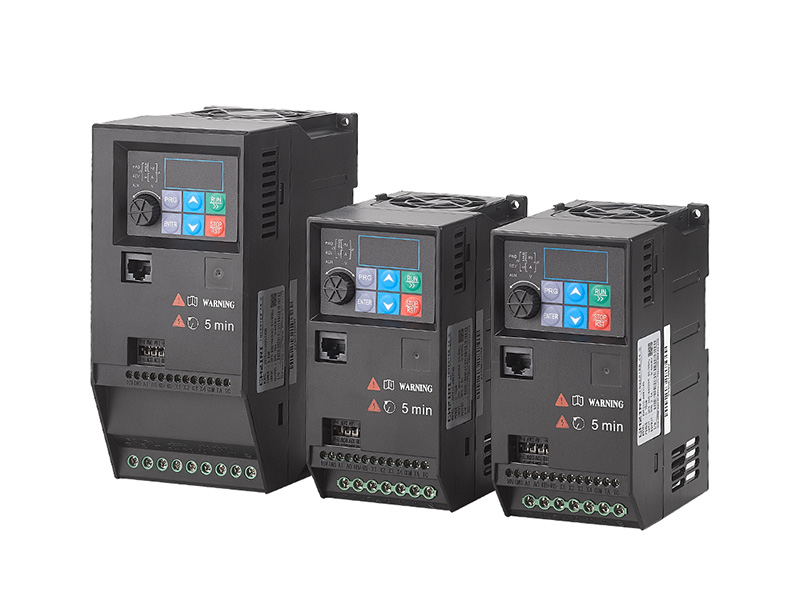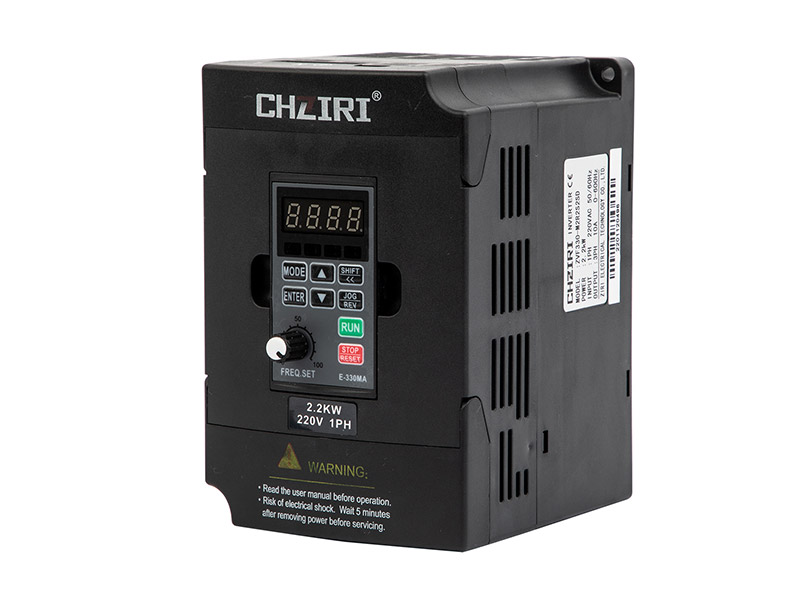Frequency Inverter manufacturer talks about the differences between servo drive system and inverter system
The frequency inverter manufacturer will introduce to you the differences between servo drive systems and inverter systems, including control objects, control accuracy, overload resistance, low-frequency characteristics, acceleration and deceleration performance, dynamic response, application occasions, etc. Please read the following content carefully for more information.
1. Different control objects
The servo driver mainly controls the AC permanent magnet synchronous motor, and the inverter mainly controls the AC asynchronous motor.
Frequency Inverter manufacturers tell you that the most common AC servo motors at present are permanent magnet synchronous servo AC motors. However, this type of motor is limited by the process and is difficult to increase in power. Servo motors with more than ten kilowatts are expensive. Therefore, people are more willing to choose AC asynchronous servo motors with slightly inferior control performance. The driver at this time is controlled by a high-end variable frequency motor and a coded feedback loop.
2. Different control accuracy
The control accuracy of the servo system is guaranteed by the rotary encoder at the rear end of the servo motor shaft. Commonly used encoders on the market are incremental photoelectric encoders and absolute value photoelectric encoders. The control accuracy of high-precision servo systems is much higher than that of frequency conversion.
3. Different overload resistance capabilities
Servo drives generally have 3 times overload capability (now some servo manufacturers can achieve 3.5 times), which can be used to overcome the inertia moment of inertial loads at the moment of startup, while frequency converters generally allow 1.5 times overload.
4. Different low-frequency characteristics
The servo motor runs very smoothly at low frequencies; the motor of the frequency conversion system does not have enough torque at low frequencies and may vibrate.
5. Different acceleration and deceleration performance
The servo system accelerates quickly. It takes no more than 20ms for the servo motor to go from a standstill to 2000rpm under no-load conditions. The servo ON signal is canceled, and the servo motor stops immediately. The acceleration time of the motor is related to the inertia of the motor shaft and the load. Usually the greater the inertia The longer the maximum acceleration time; the inverter motor accelerates and decelerates more slowly.
6. Different dynamic response qualities
When the servo motor is in position control mode, the motor speed does not fluctuate when the load is suddenly added or removed, and there is almost no overshoot; the motor in the frequency conversion system is greatly affected by the load.
7. Different application situations
The servo system is mainly used in the field of motion (positioning) control, pursuing high performance, high response, and high precision. It is also suitable for general transmission requirements; the frequency conversion system is mainly used in the field of transmission speed control and the energy-saving field of fans and water pumps. The performance index requirements are Not high, pursuing low-cost, low-maintenance, and simple-to-use applications.
Variable frequency motors are often used in situations where speed control and torque control requirements are not high. There are also variable frequency motors that are added to the position feedback signal to form a position closed-loop control. However, their accuracy and responsiveness are not high. Servo motors are generally used in applications with strict requirements. Occasions with high control requirements, accuracy, and responsiveness.
8. Control the motor power differently
There are two obvious differences between servo motors and variable frequency motors in practical applications. First, the price of servo motors is much higher than that of variable frequency motors; second, the maximum power of frequency converters can reach several hundred KW, or even higher, while the maximum power of servo motors can only reach tens of KW.
Frequency Inverter manufacturers tell you that since servo often faces application environments that require high precision and high dynamic response, the overall load will be relatively light, and its overall output power range is generally within tens of kilowatts. , it will be much smaller than the variable frequency drive system that is famous for power transmission, and those operation control applications with heavy loads usually do not have excessive response characteristics requirements. Generally speaking, asynchronous frequency conversion can also meet the requirements.
9. Different output torques with the same power
Under the same power, the servo motor output torque is larger, and the maximum torque is about twice that of the variable frequency motor.
10. Different load characteristics requirements
The servo system is very sensitive to the size of the load inertia, and it is crucial to select the appropriate servo capacity according to the mechanical load; the frequency conversion system can eliminate the influence of inertia by extending the acceleration time.
11. Different sensitivity to vibrations
The servo system is sensitive to vibration and should have anti-vibration measures; the asynchronous motor of the frequency conversion system is not sensitive to vibration and is more earthquake-resistant.
12. Different dynamic characteristics
In automation applications, since the servo system often needs to cope with higher control accuracy and respond to more subtle errors at a faster speed, its response adjustment time period must be shorter, usually milliseconds or even Microsecond level. The speed frequency response bandwidth of many servo products can reach the kHz level. On the other hand, for general variable frequency drive products, the frequency response bandwidth is often only a few hundred Hz.
Frequency Inverter manufacturer summarizes that the technical comparison between servo and frequency conversion can be summarized in a few short sentences:
The power of the frequency converter is larger, while the power of the servo drive is smaller;
Frequency converters are generally expressed in power KW, while servo drives generally emphasize speed and torque;
The frequency converter is for speed control, while the servo is for position control, and the usage scenarios are different;
All in all, in terms of industrial applications, frequency converters are generally used in situations where speed control and torque control are not very demanding. In situations where there are strict position control requirements, AC servo drives are used to achieve intelligent intelligent control. In addition, the response speed of the servo is much faster. Much larger than frequency conversion, some occasions that require high-speed accuracy and response are also controlled by AC servo drives. In other words, almost all motion occasions that can be controlled by frequency conversion can be replaced by AC servo drives.

